When it comes to protecting your possessions, whether during a construction project, an outdoor event, or just everyday storage, tarps are a ubiquitous accessory. These multipurpose protective coverings are available in a wide variety of materials, each with its own unique strengths and qualities.
Let us unravel the intricacies of the 2 most popular tarp varieties: Poly Tarps and Vinyl Tarps, with special attention paid to the distinction between these tarps.
Poly Tarps: The Lightweight Guardians
Polyethylene tarps, or Poly tarps, have earned their reputation as lightweight and reliable protective solutions. Poly tarps may be lightweight, but do not let that fool you. These tarps are surprisingly durable and can take a beating. They are ideal for short-term protection or occasional use. Poly Tarps are perfect for jobs where mobility and adaptability are crucial.
Water Resistance
When it comes to water resistance, Poly tarps are effective at keeping water out. They are designed to keep your items dry, even in damp conditions. If you are worried about moisture sneaking in, poly tarps are a reliable choice.
Uses
Poly tarps find their place in a wide array of situations. Covering furniture during a sudden rain, creating temporary shelters, or protecting items during transportation. They serve multiple purposes and are adaptive problem solvers.
Vinyl Tarps: The Heavy-Duty Guardians
Vinyl tarps, often referred to as PVC tarps, are the heavy-duty champions of the tarp world. Made from polyvinyl chloride (PVC), these tarps are widely used because of their rugged protection and lifespan. Imagine them as a sturdy shield that stands tall against the harshest conditions.
Their robust construction makes them perfect for extended outdoor use, making them a favorite among industries like construction and transportation. Vinyl tarps are the best choice if you need a tarp that can withstand high winds and harsh treatment.
Waterproof
When it comes to tarps, Vinyl Tarps are unrivaled in their ability to keep water out. They are completely waterproof, ensuring that no moisture seeps through. These tarps are your ultimate choice for keeping water out in the worst weather conditions.
Uses
Heavy-duty uses typically call for Vinyl Tarps. They protect your most valuable assets, whether that’s industrial machinery or building materials. Need to keep rain, snow, or sleet at bay? Vinyl tarps have you covered.
Key Differences
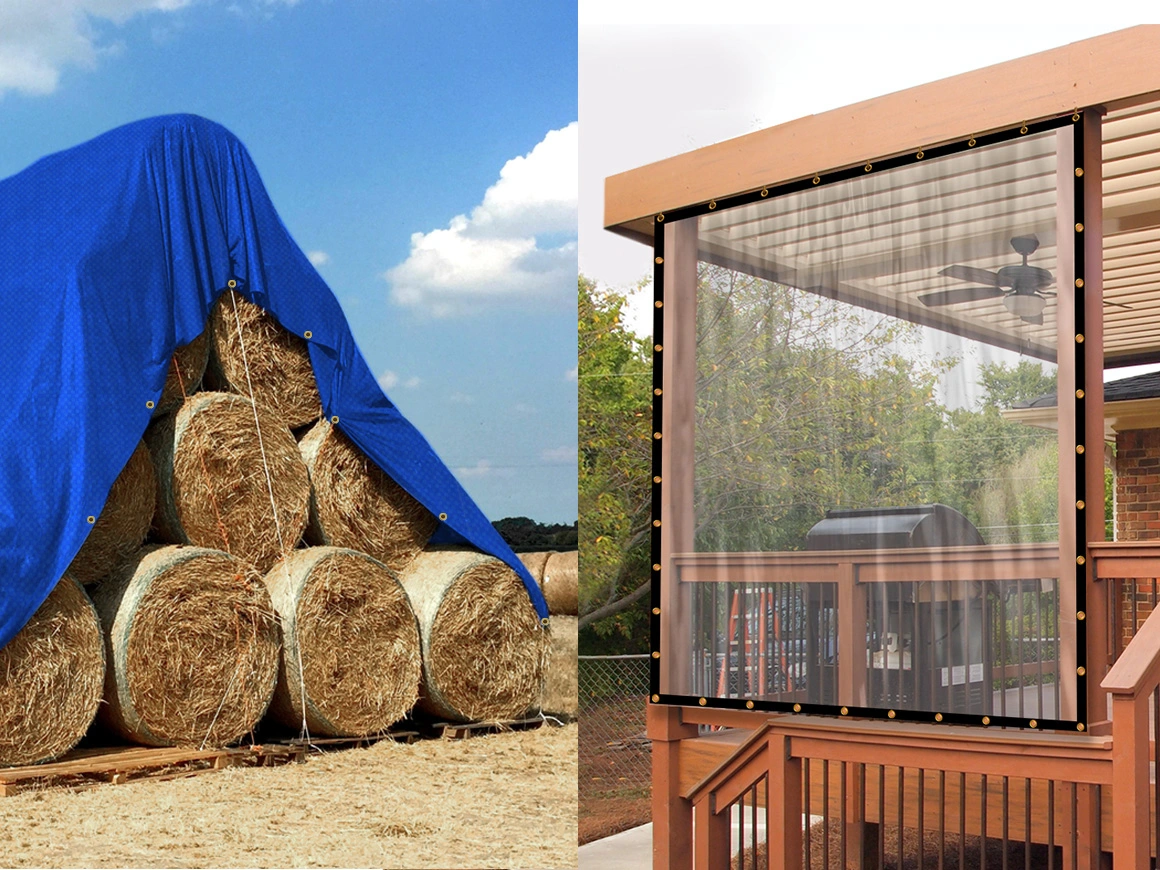
Material Aspect
Poly tarps are constructed from a woven plastic that has been laminated with another plastic layer. Vinyl tarps are made from a robust woven textile covered with a thick plastic covering.
Poly tarps and vinyl tarps are fundamentally different in terms of their material composition. Vinyl tarps are constructed of polyvinyl chloride (PVC), while poly tarps are made of polyethylene plastic.
Durability Factor
Vinyl tarps are more long-lasting than poly tarps. They are designed to endure rough conditions and last for extended periods. Poly tarps are inferior to vinyl tarps in terms of durability and water resistance. Poly tarps can be used for jobs when durability is secondary.
Waterproof or Water-Repellent
Is waterproofing your top priority? Vinyl tarps take the lead in the battle against water. The apex raincoat for your belongings, designed to be completely waterproof. Poly tarps, on the other hand, have only middling resistance to moisture. While they might not handle intense downpours as well as vinyl, they can withstand the occasional shower. Just keep in mind the level of rain you are expecting when choosing between the two.
UV Radiation Equation
When it comes to shielding your belongings from the sun’s powerful rays, both tarps offer some level of defense. To protect your belongings from the sun’s harmful rays and prevent them from deteriorating, use a vinyl tarp.
Poly tarps, like vinyl tarps, provide some protection from the sun’s rays. Think of them as sunglasses; they help, but they might not block out everything.
So, whether it is rain or sun, you can choose between vinyl and poly tarps based on your requirements.
Affordability Angle
In terms of cost, poly tarps take the lead with their affordability. While they may not match the durability of vinyl, they present an economical solution for short-term applications.
In Conclusion
The choice between poly and vinyl tarps hinges on the specific demands of your endeavor. If you need a durable and reliable covering, your best bet is a vinyl tarp. However, poly tarps are more economical and can be used for a wider variety of lighter, temporary projects.
Best Uses of these Tarps
Vinyl Tarps: Are used for industrial work, farming, building, playing fields, landscaping, and protecting valuables from the elements.
Poly Tarps: Can be used as decorations for parties, picnics, temporary roofs, ground covers, and privacy walls.
In a Nutshell
Vinyl tarps are up to the task when you need protection that will last. They are the heavy-duty champions, ensuring your belongings remain secure in even the harshest conditions. Poly tarps, on the other hand, cater to lighter needs, offering a versatile and budget-friendly solution for various tasks.
As you make your choice, remember to consider the nature of your project, the conditions it will face, and the duration of protection needed.




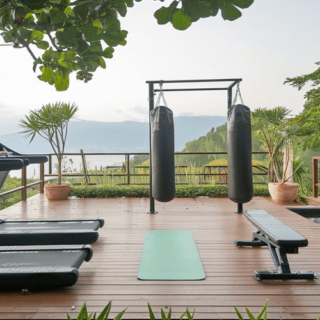

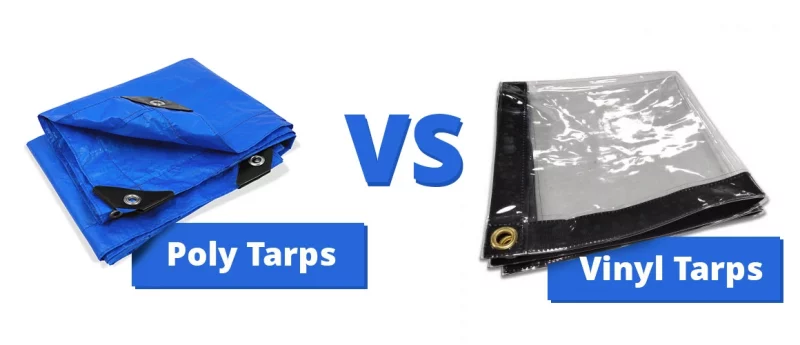

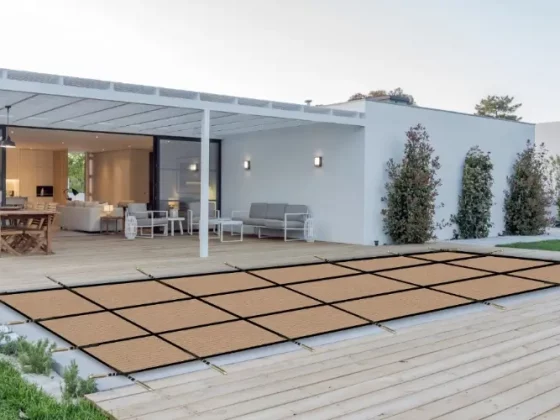

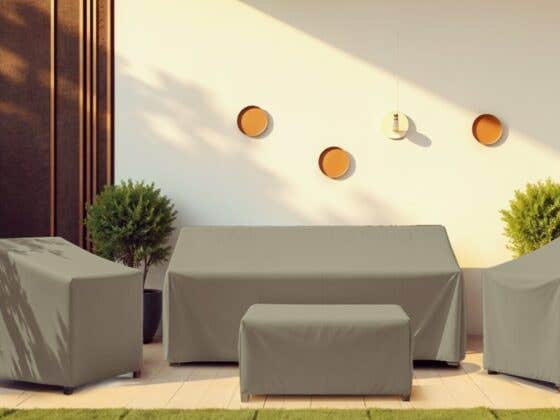
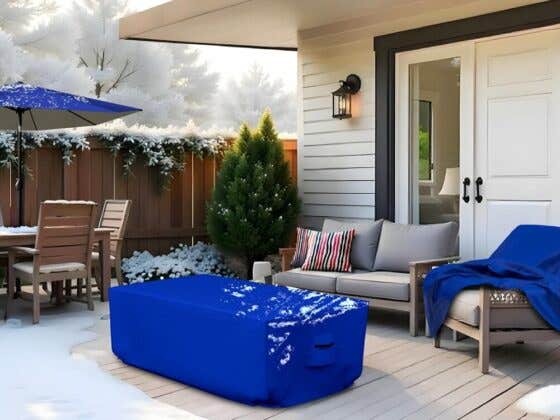


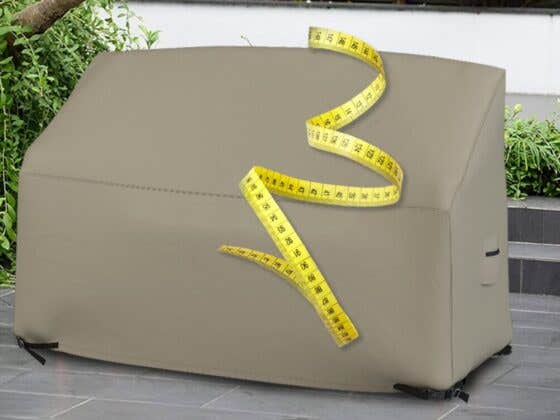
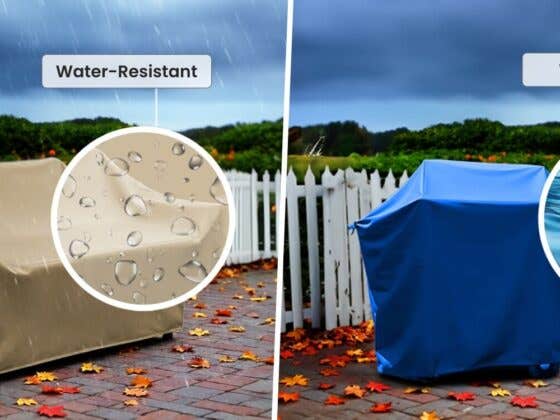

Recent Comments